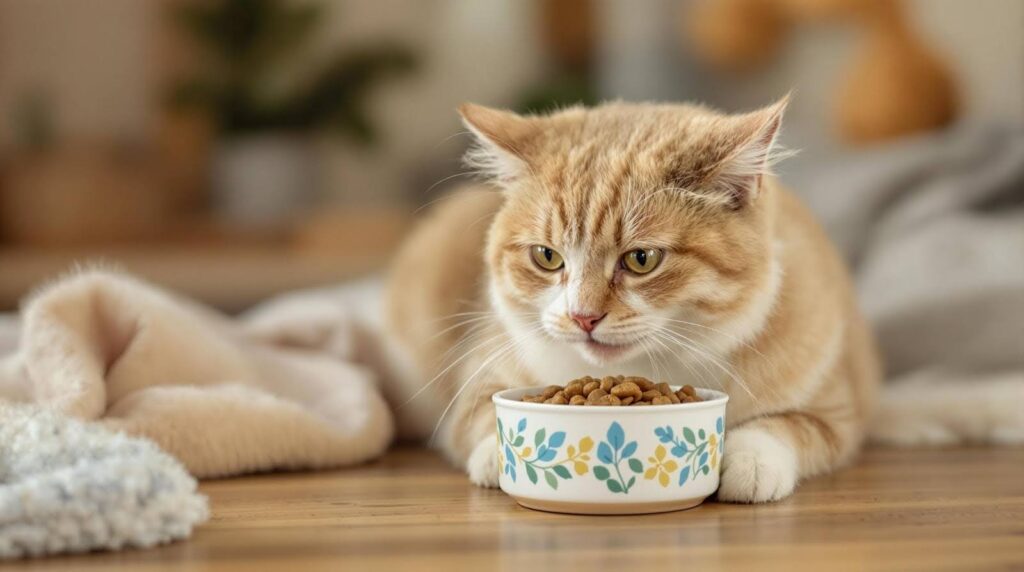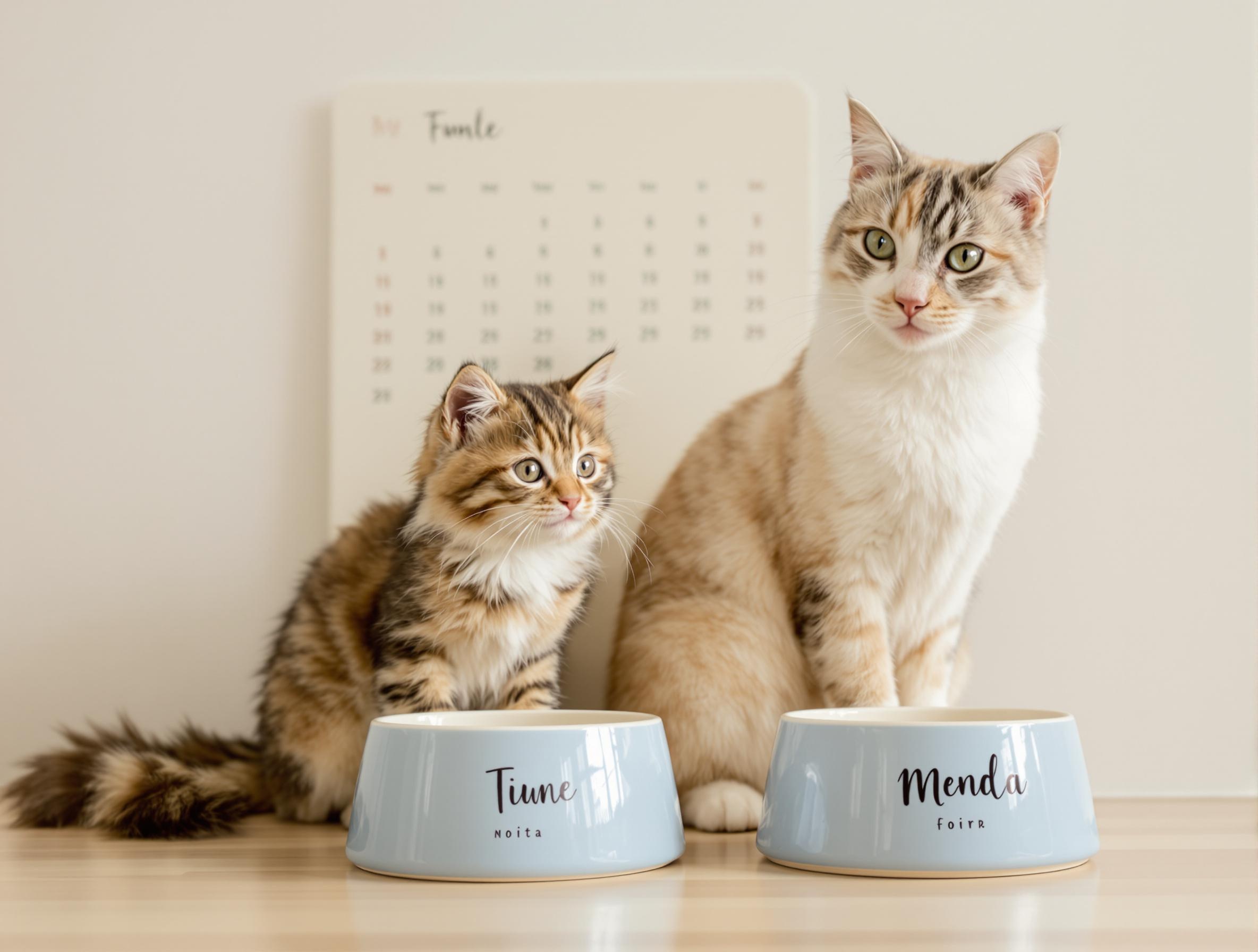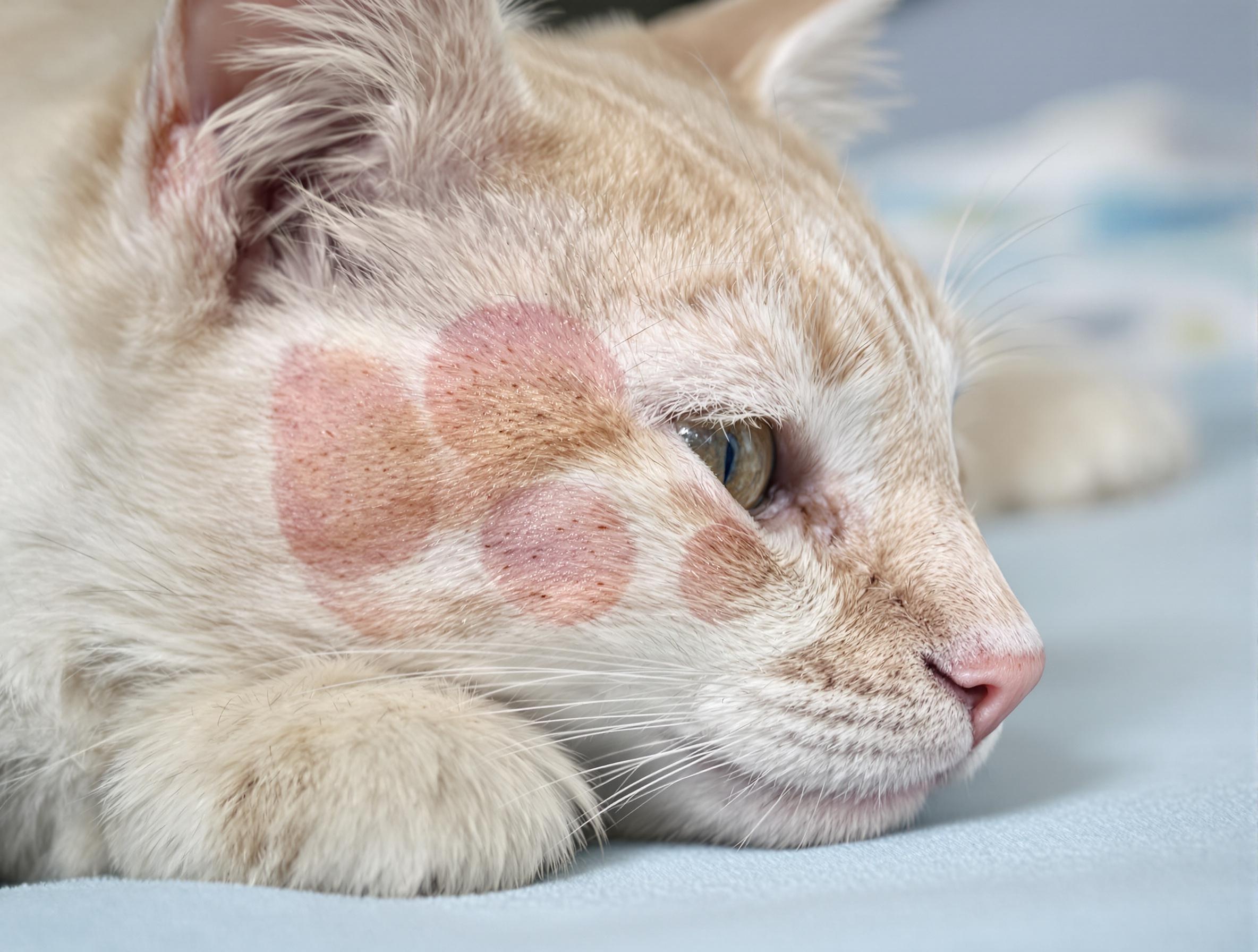
Key Takeaways
- Noticing signs of a happy cat starts with paying attention to their body language, behavior, and the comfort of their environment.
- A mix of nutritious food, daily playtime, and engaging activities plays a big role in keeping cats content and healthy.
- As your cat grows and changes, adjusting their care to meet their evolving needs helps support their happiness and overall well-being.
There’s something special about those quiet moments when a cat curls up in your lap, purring softly and completely at ease. These small signs of contentment say a lot about your cat’s emotional well-being—and your bond together. Recognizing and nurturing those moments helps deepen your connection and gives you insight into how your cat is really feeling.
A peaceful environment, regular health checkups, and daily routines all play a big role in keeping cats happy. Studies show that positive interactions like gentle petting and quiet companionship can lower stress for both pets and their people, building trust and emotional closeness over time. While your cat’s needs may change with age, their comfort and happiness will always be key to their overall health.
For reliable information on caring for your cat at every stage of life, PetHealthMD offers practical tips and insights to help you strengthen your relationship and support your cat’s well-being. You can also explore cat supplies at 1800PetMeds to help your feline friend thrive.
What Makes Cats Happy?
Like people, cats experience a wide range of emotions, and their happiness depends on feeling safe, loved, and secure in their environment.
The setup of your home plays a big part in shaping your cat’s mood. They thrive in spaces where they have cozy places to rest, explore, and observe. Consider placing a soft bed or a cat tree near a sunny window where they can watch birds or just relax. Quiet corners with blankets or hideaways give them a sense of safety, while vertical spaces like wall shelves or perches help satisfy their natural desire to climb and survey their surroundings.
Building a strong relationship with your cat begins early and continues through small, everyday interactions. Kittens that spend enough time with their littermates often grow up to be more socially confident. For adult cats, daily playtime, gentle affection, and respect for their personal space go a long way in maintaining trust.
Pay attention to changes in behavior—these can be subtle signs that something in their routine or environment needs adjusting. When cats feel truly at ease, they show it in their body language, curiosity, and the way they seek out your company.
Signs of a Happy Cat
A content, well-adjusted cat shows happiness through body language, vocalizations, and daily behaviors. Learning to spot these subtle signs helps you better understand your cat’s emotional state and strengthen your bond. While every cat has a unique personality, there are common signals that indicate they feel safe, secure, and loved in their environment.
- Tail held high with a soft curve at the tip, often resembling a question mark
- Ears facing forward and whiskers gently extended outward
- Relaxed posture, smooth fur, and slow, gentle blinking
- Soft chirps, trills, or pleasant meows during greetings or interactions
- Calm, steady purring when paired with other signs of comfort
- Consistent grooming habits and a clean, well-maintained coat
- Playful behaviors like pouncing on toys or chasing string
- Curiosity about new spaces, people, or objects
- Affectionate gestures such as head-butting, rubbing against your legs, or curling up in your lap
- Healthy appetite, balanced sleep, and activity throughout the day
When these behaviors appear regularly, it’s a great sign your cat feels happy and secure in their home. Keep nurturing this bond through positive interaction, a stimulating environment, and regular vet visits to support their health and emotional well-being.
How to Make Your Cat Happy
A happy cat isn’t just about cozy naps—it’s about creating an environment that supports their physical and emotional well-being. When you provide enrichment, routine, and loving interaction, your feline friend will thrive.
- Set up vertical spaces with cat trees, window perches, or wall-mounted shelves so your cat can climb, observe, and feel in control of their space.
- Create peaceful hideaways using soft bedding in quiet corners, covered beds, or elevated shelves where they can relax without being disturbed.
- Stick to a consistent daily routine with regular meals, playtime, and affection. Cats find comfort in knowing what to expect.
- Make time for interactive play two to three times a day. Use wand toys, laser pointers, or crinkle balls to keep their hunting instincts sharp.
- Rotate enrichment options weekly—switch between puzzle feeders, new toys, and solo-play items to keep things interesting.
- Place scratching posts or pads near favorite lounging spots to encourage healthy scratching and protect your furniture.

Best Toys for a Happy Cat
Toys bring out your cat’s playful, curious side and add excitement to their daily routine. The right mix of interactive and solo-play options can boost mental stimulation and strengthen your bond.
Try puzzle toys that dispense treats. Rolling balls or sliding panels challenge your cat’s mind while offering tasty rewards. Add feather wands, teaser sticks, and plush mice to spark playful stalking and pouncing. These toys also create fun bonding moments.
Turn feeding time into a game with food-dispensing balls or slow-feeder mats. Start simple and build up to more challenging puzzles. Offer toys with different textures—soft velvet, crinkly foil, and sisal wraps—to appeal to your cat’s senses. Keep things fresh by rotating 4–5 toys each week to prevent boredom and maintain excitement for play.
Frequently Asked Questions About Cat Happiness
How can I tell if my cat needs a happiness boost?
Watch for subtle changes like less interest in play, changes in grooming habits, or hiding more than usual. To lift their mood, try adding cozy resting spots near windows, scheduling daily playtime, and offering gentle affection when they seek you out.
Are some cat breeds more expressive when they’re happy?
Definitely. Siamese cats tend to be vocal and affectionate, often chatting with their humans to show joy. Maine Coons love to follow family members around and engage in playful behavior. Persians are usually more laid-back, showing their happiness through relaxed purring and calm cuddles. Still, every cat—regardless of breed—has a unique way of expressing contentment.
Does happiness look different as my cat gets older?
Yes. Kittens thrive on high-energy play and need lots of stimulation. Adult cats enjoy structure, interactive time, and calm companionship. Seniors usually prefer soft beds, easy access to favorite spots, and gentle play that matches their slower pace.
What foods put my cat in a good mood?
Cats love high-protein meals with ingredients like chicken or fish. You can mix things up with small portions of cooked turkey or salmon for a special treat. Keep feeding time stress-free by sticking to a routine and serving meals in a quiet, comfortable space.
Maintaining Your Cat’s Happiness
Creating a joyful and secure home for your cat takes ongoing care, attention, and love. Happy cats tend to show it through playful energy, relaxed body language, and a strong bond with their humans. Consistent playtime, gentle affection, regular grooming, and a nutritious diet all work together to support their physical and emotional well-being.
As your cat grows, their needs will naturally change—from the high energy of kittenhood to the slower pace of their senior years. Paying attention to those shifts and making thoughtful adjustments helps ensure they stay comfortable and content at every stage.
For everyday essentials, from health products to toys and food, explore Cat Supplies at 1800PetMeds for trusted, vet-approved items delivered right to your door.





